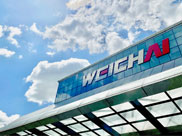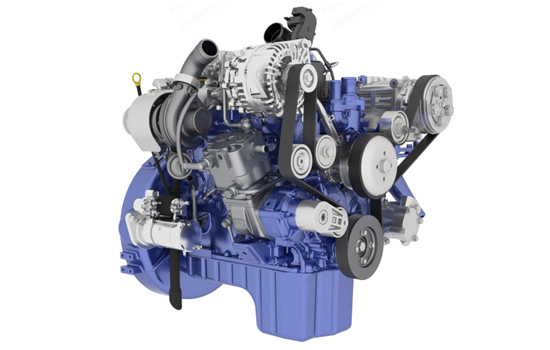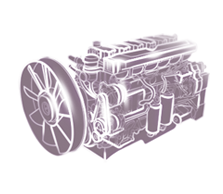400-618-3066
- Home
-
Our group
-
Group profile
Weichai is a multi-field and multi-industry international group which owns powertrain, commercial vehicle,agricultural machinery, construction machinery, intelligent logistics, marine mobility and other business segments.
Member of WeichaiWeichai is a multi-field and multi-industry international group.
Corporate cultureWe aim at customers' satisfaction
Compliance and IntegrityCompliance increases credit,Legal affairs bring honesty
Business SchoolOpenness, Innovation, Sharing and Win-win
-
-
Products & Service
-
Our brands
Our Business
Luxury yacht
-
-
Human resources
-
Recruitment information
Possess both integrity and ability and put integrity the very first. Attract talent worldwide and nurture talent from inside.
Training & DevelopmentWeichai Group had rich training resources, and has established a professional training team with a number of high-quality trainers
Welfare benefitsThe company provides competitive salary, include five insurances and housing fund.
-
-
Media center
-
Group news
Get to know the latest Group news and information
Picture libraryDisplay the historical moment of Weichai with pictures
Video libraryRecord the development track of Weichai with videos
-








